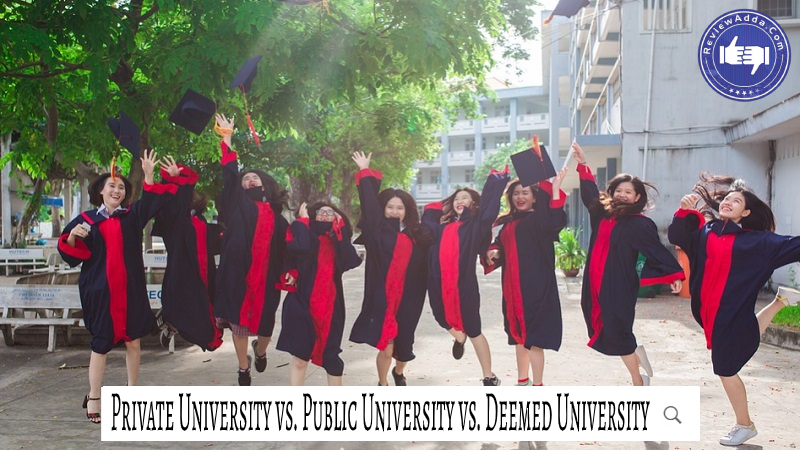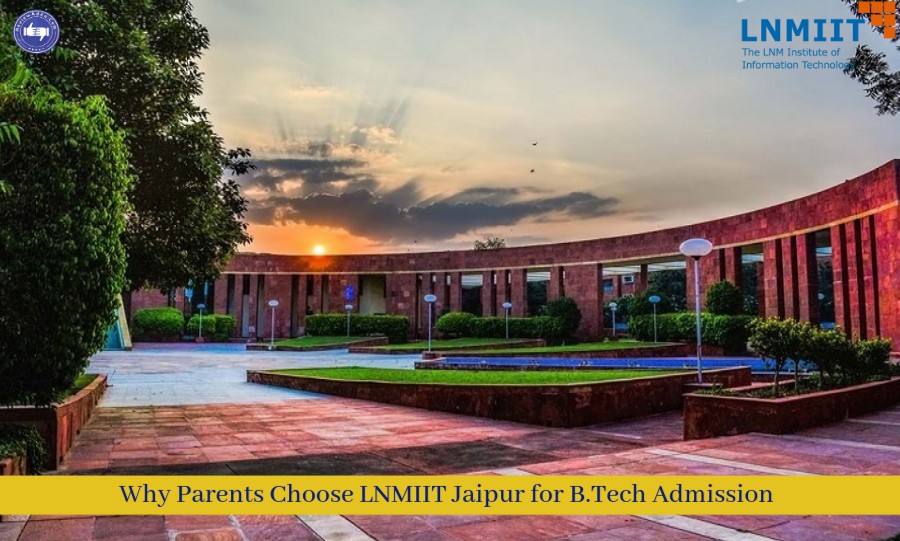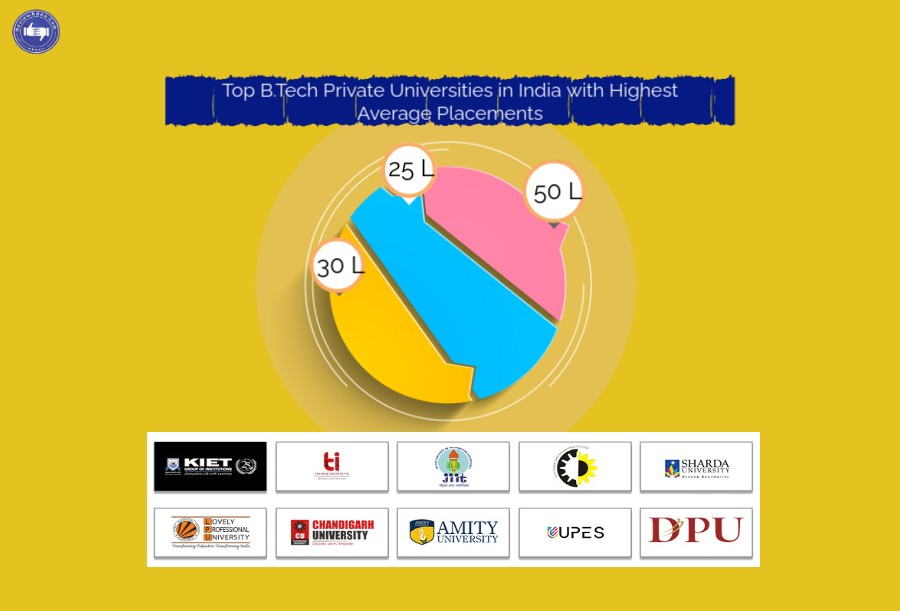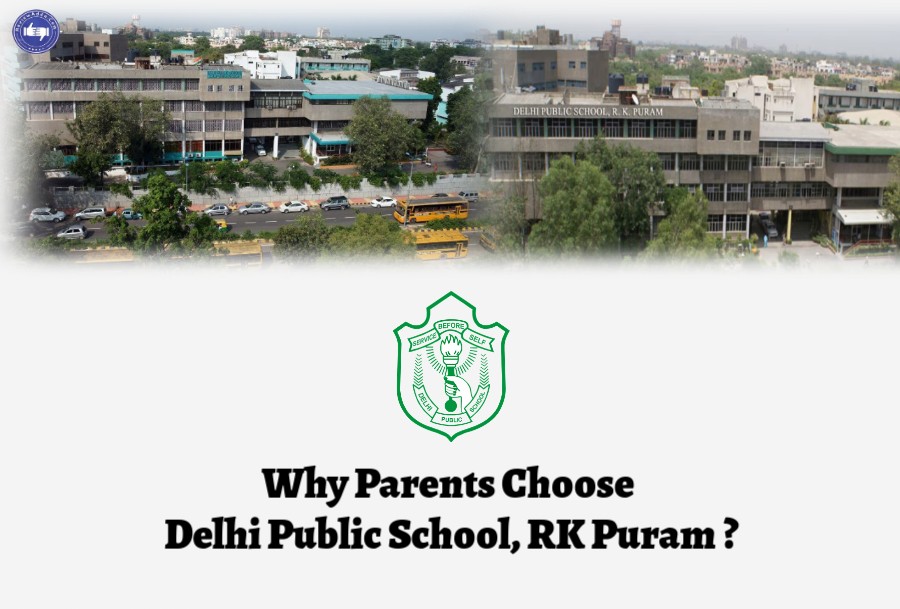Topic We Cover: Private University vs Public University vs Deemed University
1. Public University
2. Private University
3. Deemed University
4. Difference between Public, Private, and Deemed University
5. Public vs Private vs Deemed University – Which is better?
6. Are there Qualitative Differences between Public, Private, and Deemed Universities?
7. Where is it More Difficult to Get Admission?
8. In Conclusion
Every year, lakhs of students take admission to institutions that label themselves as either private, public, or Deemed Universities.
These three types of Universities in India look the same on the outside. Like most higher education institutions, they have a standard campus, a range of courses on offer, and students from different walks of life studying there. On the outside, one would not be able to tell the difference between a private, public, or deemed university. It’s only after reading in a university brochure can one really ascertain which category to place an institution in.

A lot of times, students are confused about choosing any one of the three types of universities. Choosing a college is a monumental decision. A mistake while choosing a university for Higher Education can have grave consequences.
There are clear differences between private, public, and deemed universities. The root of the difference between these three types of universities is based on government terminology. However, on a closer analysis, one sees more clearly the various differences between the three.
In this article, we will list the differences between private, public, and deemed universities. We will also match up all three types of universities and see which one is better for the Purposes of Higher Education.
Public University
A Public University essentially refers to an institution funded by the government. For instance, the state government of Delhi funds colleges in Delhi University either partially or completely. This makes Delhi University a public university.
A public university can also be of two kinds – state and central. A State University is naturally funded by the state government in which it is located. A central university is funded by the central government.
Some of the important points pertaining to a public university are –
- A public university can conduct its own admission procedure without the supervision of a central authority
- A public university can also grant degrees in its own name.
- A public university is also allowed to set its own curriculum and examination procedure.
- Since the source of funding in the case of public universities is the government, the tuition fee charged from students is significantly lower
- The Best Institutions in India such as IITs, NITs, IIMs, and so on, are all essentially public universities
Private University
As the name suggests, a university which is run by a private body and receives funds from private entities is called a private university. Institutions like Ahmedabad University and Parul University are examples of Private Universities.
Some of the salient points pertaining to private universities are-
- A private university is allowed to give out degrees in its name
- A private university can conduct its own admission process
- A private university has to follow the rules and regulations prescribed by the UGC for operational purposes.
- A private university usually is not allowed to open any other off-campus colleges under its purview. However, in exceptional circumstances, private universities are allowed to open off-campus centres atleast five years after their founding with the prior approval of the state government.
- Since Private Universities operate primarily through funds given by private bodies and the fee paid by students, the tuition they charge students is usually higher than public universities.
- Private universities have to meet the guidelines of the UGC in matters like curriculum, examination procedures, labs, and so on. They don’t have complete autonomy over their operation
Deemed University
Deemed or Deemed to be University refer to an institutions that have been conferred with the university status. Unlike private universities that have to work within the framework set up by the UGC, a deemed university has full autonomy over operational matters.
These matters include the courses offered at the university, the curriculum, admission procedure, and tuition fee. Private universities have to follow UGC regulations on matters like tuition fee and curriculum.
VIT, BITS Pilani, GITAM, and PEC are examples of deemed to be universities. Some important points regarding deemed universities are explained as follows –
- A deemed university has complete autonomy over its operations and does not need to abide by UGC guidelines on an operational level
- A deemed university can offer as many courses as it wants
- A deemed university can set a curriculum without oversight from the UGC
- A deemed university doesn’t have to follow UGC guidelines for setting tuition fee
- According to a recent notice given by the UGC, deemed to be universities such as VIT, BITS Pilani, and so on, cannot refer to themselves as a ‘university’. This means while a deemed university can enjoy the academic privileges of a university, it cannot refer to itself in marketing campaigns or in general as a ‘university’. There are a total of 127 Deemed to be universities in India
 Get Updated Review ( Voice Based Alumni Feeback)
Get Updated Review ( Voice Based Alumni Feeback)
-
 Check Review (Alumni Feedback) - Lovely Professional University - [LPU] – Click Here
Check Review (Alumni Feedback) - Lovely Professional University - [LPU] – Click Here -
 Check Review (Alumni Feedback) - Amity University – Click Here
Check Review (Alumni Feedback) - Amity University – Click Here -
 Check Review (Alumni Feedback) - University of Petroleum and Energy Studies [UPES] – Click Here
Check Review (Alumni Feedback) - University of Petroleum and Energy Studies [UPES] – Click Here -
 Check Review (Alumni Feedback) - Manipal University – Click Here
Check Review (Alumni Feedback) - Manipal University – Click Here -
 Check Review (Alumni Feedback) - Poornima University – Click Here
Check Review (Alumni Feedback) - Poornima University – Click Here
Difference between Public, Private, and Deemed University
The differences between public, private, and deemed universities are many. There are many areas in which they overlap. For instance, all the three Types of Universities have to be recognized by the UGC.
However, the lines of demarcation are clear when we speak of public, private, and deemed universities. The table below highlights some of the important differences –
|
Public University |
Private University |
Deemed University |
|
A public university can set its own independent curriculum without UGC oversight |
A private university has to follow clear UGC guidelines when setting up its curriculum |
A deemed university has the autonomy to set its own curriculum without UGC interference, like public universities |
|
A public university has to be UGC recognized |
A private university has to be UGC recognized |
A deemed university has to be UGC recognized |
|
A public university can call itself a ‘university’ |
A private university can call itself a ‘university’ |
According to a Supreme Court ruling, deemed universities cannot refer to themselves as universities |
|
A public university is funded by the government, either central, state, or partially by both |
A private university is funded by private bodies |
A deemed university is funded by private bodies |
|
The fee charged at a public university is usually low and within the oversight of the government |
The fee charged at private universities has to be within the guidelines set by the UGC |
A deemed university can set any fee it deems fit as it has autonomous authority to do the same |
|
A public university can conduct its own admission procedure |
A private university can conduct its own admission procedure |
A deemed university can conduct its own admission procedure |
Public vs Private vs Deemed University – Which is better?
After discussing all the little Differences between a Public, Private, and Deemed university, the simple question is which is the better choice.
This line of thinking is natural considering the ultimate reason behind knowing all this information is making the right decision. Once a student knows if a university is public, private, or deemed, a decision to join or not join the college remains to be taken.
So how does a student decide which college is better?
Are there Qualitative Differences between Public, Private, and Deemed Universities?
By pure definition, there is no qualitative definition between public, private, and deemed universities. There is no specific UGC guideline which states that public universities are much better than private and deemed universities. So, students need not worry about any official qualitative differences between the three kinds of universities in the discussion here,
However, in the real world, qualitative differences do arise.
Public Universities like IITs and IIMs are the benchmark for higher education in India. In the beginning when there were not enough colleges and universities in India, all students could hope for was to get admission in top public institutions.
This is why public universities have the best alumni network and pool of faculty in the country. Most top placement drives take place in public universities because the most talented students in the country go to public universities.
The most talented students in the country are in public universities because they have a very strict admissions process. The difficulty of cracking exams like NEET, JEE Advanced, and CAT or getting admission to a top college in DU is well-established. Due to such a tough onboarding process, the students who eventually make it to these institutions the top percentile of the country.
This is why it’s natural for students to prefer going to public universities. Since they are also more affordable compared to private and deemed universities, they are preffered more.
Deemed universities have grown in stature. The top deemed universities in India are a match for the public universities. Institutions like BITS Pilani and NMIMS match their counterparts in the public universities category. Since deemed universities have the freedom to set their own curriculum and fee, they can try to match or even surpass the quality of education offered at public universities.
Some of India’s most well-known deemed universities like BITS and VIT have tried to surpass public universities by aping education standards in the West. This is a calculated move grow out of the shadows of public universities.
Private Universities are somewhat restricted to match public and deemed universities. This is because they have to adhere to UGC rules and regulations regarding matters like curriculum and tuition fee. Since they are restricted to grow and reach for the level of public institutions, private universities end up falling a tier lower.
This does not mean all private universities are a rung below deemed universities. There are 127 Deemed universities in India and not all of them are better than every private university.
At the end of the day, a student has to look at the track record of the university in front of him and make a choice accordingly.
Where is it More Difficult to Get Admission?
Competition is an important factor while looking for a university to take admission in.
Since the quality and perception of public universities is foremost in India, there is a lot of competition to get admission these institutions. Every summer, we hear news stories about difficult it is to get admission to a good college in DU even after securing high scores like 95%.
The same story applies to the IITs and the IIMs. In the admission process to get into the IITs or IIMs, a lot of talented students are left out. These students then have to compromise for lower tier public university or a Top Deemed University.
Without any particular bias, it is safe to say that getting admission to the Top Public Universities is the most difficult. It is slightly easier to make it to a deemed university as many students don’t Apply for Admission to institutions in such a category. This happens for a variety of reasons, one of which is affordability. While an average middle class Indian family can afford to send a child to a public university like DU or IIT, it becomes more difficult when we consider universities like VIT or BITS Pilani.
While it’s tougher to get Admission to a Public University, it is naturally worth it. Getting admission to a public university means a student can get high quality education at a subsidized price and become part of a highly active alumni network. A simple analysis of the jobs market will show how much easier it is for a student from a top public university to get a job simply because of a robust alumni network and sustained university reputation.
The admission procedure at the top deemed universities is also very strict. B-schools like Symbiosis and NMIMS and tech institutions like BITS Pilani have a tough admission process which tests students on a range of different skills.
Making it to any good institution, whether its public, deemed or private requires a lot of hard work.
In Conclusion
For someone looking for a college, it is important to know the key lines of difference between public, private, and Deemed Universities. This article offers an in-depth analysis of how each of these universities differs.
While there are some generalities which arise when we speak about these three types of universities generally, there are good and bad institutions that are public, private and deemed. It is up to the students to make a wise choice and judge a college based on its merit, not a tag in front of its name.





.jpg)
